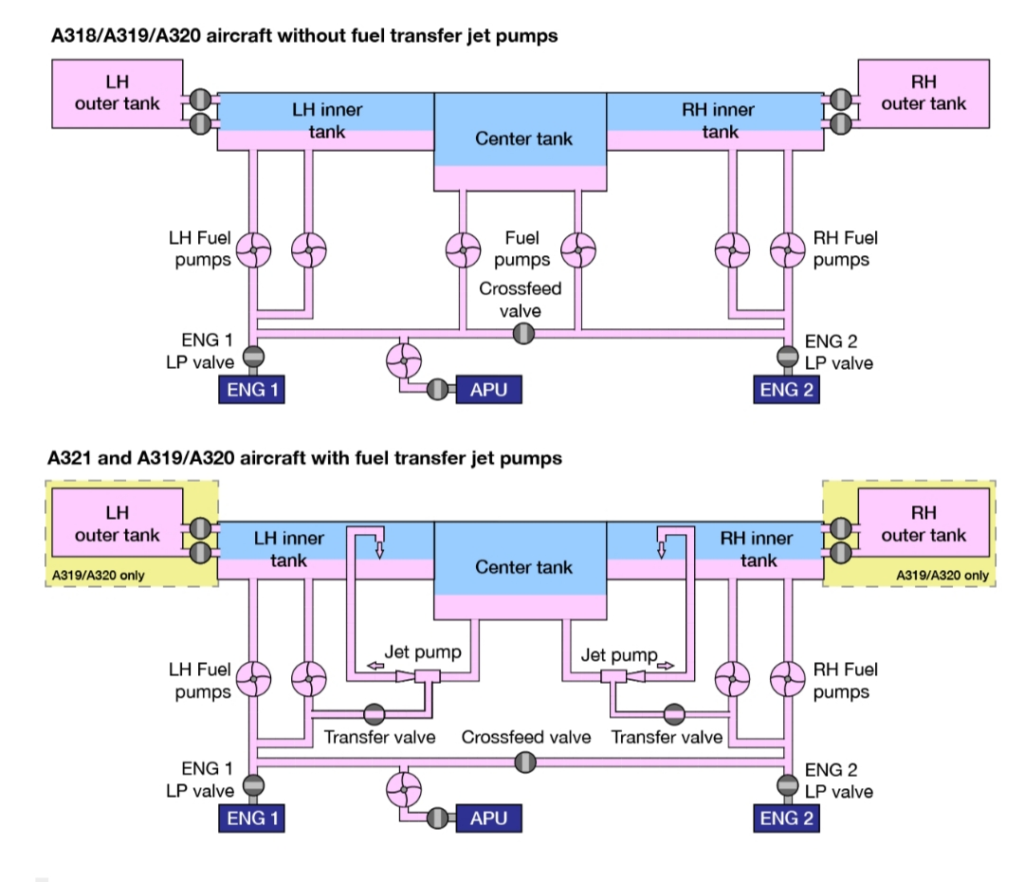
The slat position is used in some system logic because it’s indicative of a takeoff and approach. For example, on the MD-11 the engine ignition is automatically put into continuous mode when the slats are operated, because that’s indicative of slow speed.
The same for the A320, slats extended means a takeoff / climb is about to commence, or the plane is on approach with a potential go-around.
Those conditions require high fuel pressure.
The center tank pumps transfer fuel directly into the engines. When the slats are extended, the pumps are disabled to ensure that the wing tanks feed the engines rather than the center tank. The reason for this is to account for a possible tank pump failure. The tank pumps are electrically powered so there is a tiny bit of a chance of an electrical failure which can take the power off them. Unlike the center tanks the wing tanks can be used to gravity feed the engines.
With gravity fuel feeding active, the aircraft engines can still be supplied with fuel with no push from the tank pumps. The aircraft computers use the slat extension as a cue that the aircraft is preparing for a take off. Without gravity feeding, multiple tank pump failures can mess up fuel flow into the engine. This is the last thing you want to happen close to the ground. The center tank pumps are disabled for this reason. To allow for gravity fuel feeding by the wing tanks.
When the A321 came out Airbus made its fuel system simpler by replacing the center tank pumps with jet pumps (works with motive fuel) and put two transfer valves in the center tanks. So, in the A321 the fuel is pumped from center tank into the wing tanks which then transfer fuel into the engines. So, the engines are always supplied by the wing tanks which takes away the need for the previously mentioned logic. The post 2014 A320 models have the A321 system in place. Thus, it does not apply to them either.

A320 fuel tanks pre mod and post mod





